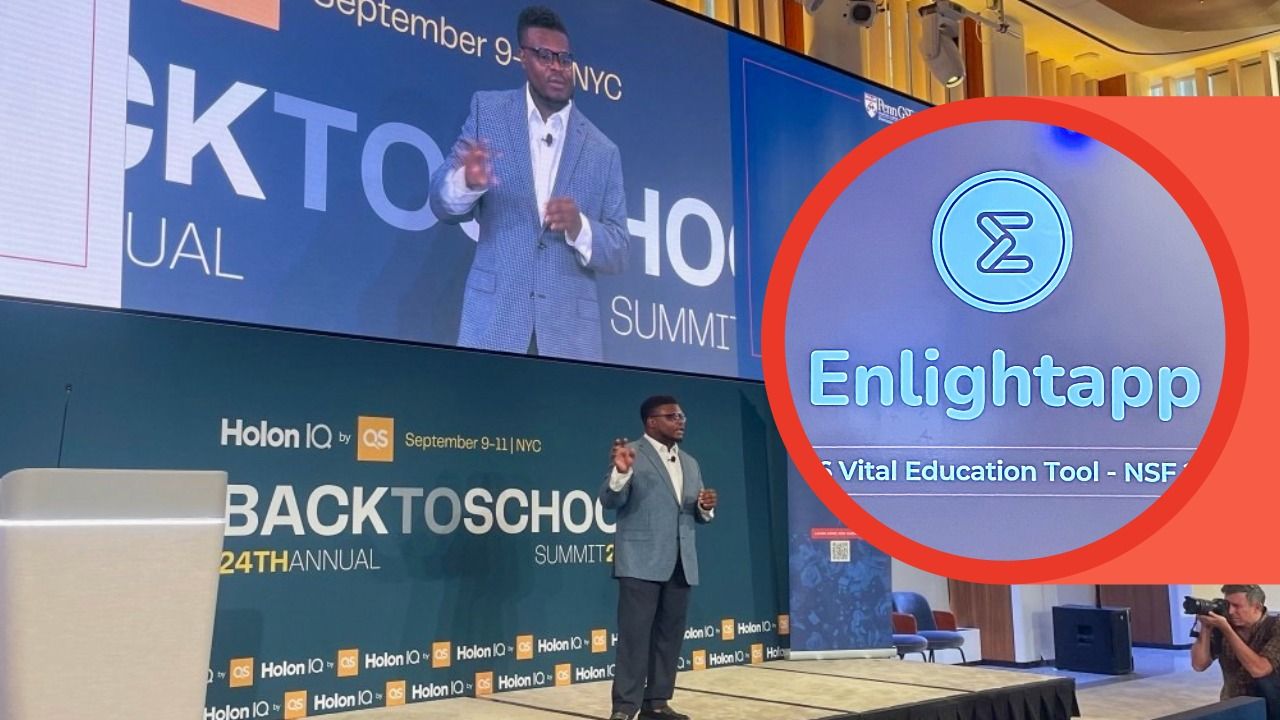We are halfway through the third year since COVID-19 became a reality, and the virus has proved to have a lasting impact on the work environment. Organizations are currently facing historic challenges: an exhausted workforce, a competitive talent landscape and pressure to control costs.
Many businesses are being cost-conscious in their marketing and choosing to table acquisitions and, instead, focus on engaging with their current customers. Given the development of OpenAI’s ChatGPT, in 2022, it’s a likely question to ask how this tool can alleviate challenges while supporting goals businesses are facing in their marketing departments.
If you haven’t yet heard of ChatGPT, it is an online, generative artificial intelligence tool that allows users to enter a prompt to generate content in whichever style, format or structure dictated. Essentially, it is used to generate “new” content, based on content that already exists. Does this sound like a game-changer? Well, it can be.
Forward-thinking marketers are already building AI into their marketing operations. In fact, Gartner expects that by 2025, up to 10% of the data on the internet will have been created by generative AI.
Below are the bright and dark sides of ChatGPT so that your marketing team can best use it.
Bright side:
• Sparks ideas.
• Builds outlines to speed up your process.
• Can earn an uptick in search engine rankings (i.e.: Google) even if the content is unengaging or unoriginal.
• Can create the start of more robust content such as blogs, white papers, case studies and will get you about 60% of the way. Then you just have to add meat to the bones.
• Language translation.
• Engaging prompts (when the voice and style guide is used descriptively in directions).
• Summarizing.
• Can add some punch to copy (ie: to make something more effective or dramatic).
• Can create headlines, FAQs, titles, meta-descriptions (an HTML tag that summarizes a webpage), light research and basic email copy.
• Inspiration.
Dark side:
• It’s often riddled with inaccuracies. Stanford University Artificial Intelligence Index Report found that most generative models are truthful only 25% of the time.
• Its output is beginner-level basic content.
• Plagiarism and outright theft of artwork and copy.
• Generic, duplicate, unoriginal or downright boring content.
• General lack of creativity, emotion, perspective and insight.
• Cannot recognize and integrate personal values, social norms and contextual relevance.
• Looks like scraped content.
ChatGPT cannot do original research, in-depth interviews, elicit a personality or captivate through copywriting. To engage audiences, emotion, and creativity, are required. As a savvy creative director once told me, “Decision-making is a logical conclusion to an emotional decision.” Both sides of the brain must be considered in marketing communications, which ChatGPT is incapable of.
My recommendation of how to use ChatGPT best involves human intervention. Have a marketing team member who can both verify the content output for accuracy while adding depth and color through their own knowledge.
AI is simply a tool. Using it intelligently is the key to maximizing it. Like any other tool, you have the choice of whether or not to dive into the deep end and understand how it can offer efficiencies for your team. Let AI alleviate some of the humdrum tasks so that your team can lean into what they probably enjoy most about their job: using their creative and strategic powers. ♦
Loran Jarrett is a Tampa native and assistant professor of instruction at the University of South Florida. She also serves as the director of the School of Marketing and Innovation Practice Center and faculty advisor for the USF American Marketing Association. With 15 years experience in marketing, she recently consulted as vice president of marketing strategy and public relations for Synapse Florida.













